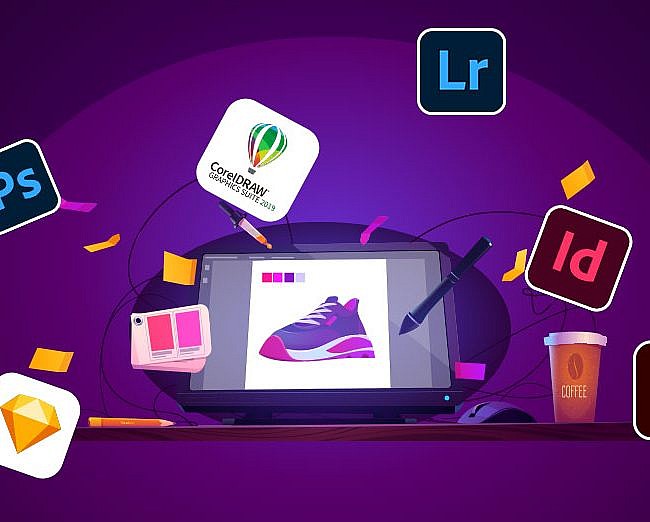Welcome to the World of Vector Images
Designers of digital images currently have two distinctly different choices — vector graphics and raster (bitmap) images. While bitmap images are based on pixel patterns, vector images are primarily created with mathematical formulas. Vector graphics were first used about 50 years ago in arcade games and usually feature images with geometrical primitives such as shapes, curves or lines.
Starting around 1980, vector graphics were replaced by raster graphic displays. However, contemporary image designers are now re-discovering the simplicity and other advantages of strategically using vector images for specific situations.
How Are Vector Images Created?
Vectorizing images is essentially accomplished with an advanced version of “Connect the Dots” — using mathematical formulas to trace paths and points that look like curves or shapes when completed. Raster-based images consist of thousands of pixel dots for a square. In comparison, a vector-based illustration requires one dot for each corner, or a total of four dots. Designers can use drawing tools such as Adobe Illustrator and Corel Draw to create vector images by manipulating lines and curves.
The Growing Popularity of Vector Images
Vector images have several advantages when compared to bitmap (raster) images. First, vector illustrations are more scalable than raster images. This means that an image can be re-sized without losing quality. Unlike what happens when re-sizing a raster image, the revised vector image is as smooth as the original image. Second, file sizes for vector images are much smaller than bitmap images. This is due to much less information being stored with vectorization — bitmap files need to store data for each individual pixel. “Connecting the Dots” for a vector image takes less space because it involves a simpler storage requirement.
The advantages of vector images come together in several increasingly popular uses of images. For example, infographics serve as effective tools for displaying large amounts of data in a condensed space on social media as well as in print media such as specialized business reports — vector images are more suitable for most infographic uses. Another example of a vector image advantage is for printing on paper as well as on clothes. A final illustration of vector image superiority is flash animations.
SVG: A New Standard for Vector Graphics
The growing popularity of vectorized images inspired the World Wide Web Consortium (W3C) to create a new graphics language — scalable vector graphics, or SVG. This royalty-free language contains both vector text and shapes as well as capabilities for embedding raster graphics. One of the most visible uses of both vector graphics and SVG is in GIS (geographic information systems) applications.
Here are four major benefits of scalable vector graphics:
- Ability to link to part of a complex animation.
- Text labels and descriptions are searchable by search engines (SEO benefit).
- Independent resolution requirements — a vital feature that enables proportional fit on different Web devices.
- Smaller file sizes compared to JPEG and GIF files for bitmapped graphics.
Why Go the Vector Way?
Bitmap graphics continue to be best for images requiring a wide range of color gradations — especially photographs with a GIF, TIFF or JPEG format. However, for most other business uses of images, vector graphics are increasingly the best way to go.
What’s not to like with vector images? — Dynamic reductions or enlargements use any shape or form, smaller file sizes for easier loading, ideal for business logos and type and complete scalability without losing any quality. File formats include EPS and AI (a proprietary format developed by Adobe expressly for vector-based drawings).
As with any new or changing technology, vector graphics can require some “startup” time for those who are unfamiliar with how to create customized vector images properly. Designers should rely on the expertise of SmartPHOTOeditors to make this a speedy, painless and cost-effective process.
– Artwork Abode
Artwork Abode




